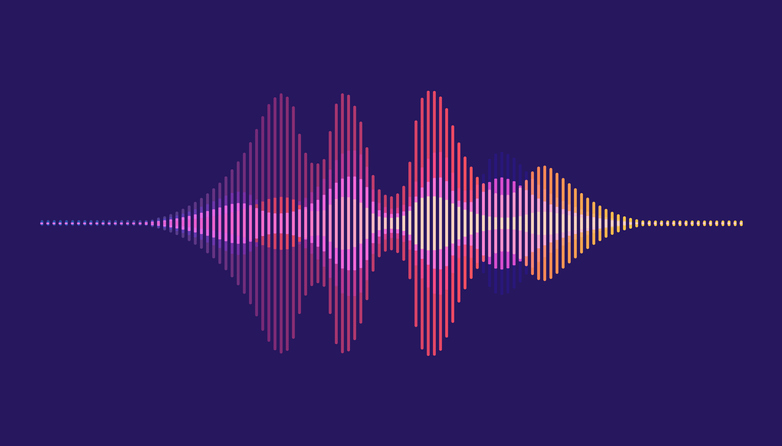As clinical burnout continues to be a major issue plaguing the healthcare industry, AI scribing tools are gaining popularity. These tools — made by companies such as Nuance, Augmedix and DeepScribe — use speech recognition and natural language processing to record and transcribe physician-patient encounters.
This week, EHR company Elation Health released results of a survey it conducted to learn more about how primary care physicians feel about AI scribes. The company surveyed 229 of its customers, all of whom were independent primary care clinicians. It found that the majority of respondents had not yet tried an AI scribe solution but were cautiously optimistic about the emergence of these tools.

With the Rise of AI, What IP Disputes in Healthcare Are Likely to Emerge?
Munck Wilson Mandala Partner Greg Howison shared his perspective on some of the legal ramifications around AI, IP, connected devices and the data they generate, in response to emailed questions.
The survey found that 67% of primary care physicians have not yet tried an AI scribe and are looking to their EHR vendor to guide them to the tool that best integrates with their system.
“Incorporating tools like AI scribes into a provider’s daily workflow is something primary care physicians are evaluating, given the potential benefits,” said Phill Tornroth, Elation’s vice president of engineering and AI innovation lead. “For EHR vendors in particular, we have an opportunity to not put the burden of vetting and contracting with yet another technology provider on a busy practice’s to-do list.”
Physicians who are holding off on adopting AI scribes cited a lack of confidence in these tools’ accuracy and accessibility. They also pointed out that they don’t have any time to research and compare the various solutions out there.
When asked about how they hope AI scribes could potentially benefit them in the future, physicians who have not yet tested the tools said that they would like to see time savings, reduced cognitive burden, improved job satisfaction, better patient focus and more time for care coordination.
On average, physicians spend nearly two extra hours each day completing documentation outside office hours, Tornroth pointed out. Because of this, time savings is a benefit of AI scribing tools that is especially of interest to primary care physicians.
“I’ve talked to early adopters of AI scribe technology at multiple practices and clinical environments who report savings of several hours per week. The potential this technology has for time savings and improved clinician and patient experience including reducing time documenting afterhours for providers is enormous,” Tornroth declared.
He also noted that alleviating physicians’ documentation burden can restore joy in their craft, as this allows them to focus on why they likely became a doctor in the first place: to take care of patients.
There were feelings of dissatisfaction among the 33% of surveyed physicians who are already trialing AI scribes, though. They expressed the need for better features to support template personalization, create patient education materials, and automate repetitive processes like lab, imaging and referral orders.
Primary care physicians need integrated solutions they can trust to work seamlessly in their EHR workflows, as well as give them ultimate control over the final note, Tornroth said. To deliver this, AI scribe vendors must rethink some of their design patterns and surfaces to ensure their technology is incorporated into clinical workflows completely and safely, he added.
“By allowing physicians to optimize their clinical thinking and unburden themselves of administrative tasks while developing trust in AI, we’ll be able to do what other tools have failed to achieve. However, if these AI scribe tools are developed independently like so many other technologies in our space, bolted onto existing EHRs, we’ll miss the opportunities to deliver on that potential,” Tornroth declared.
Photo credit: iNueng, Getty Images















